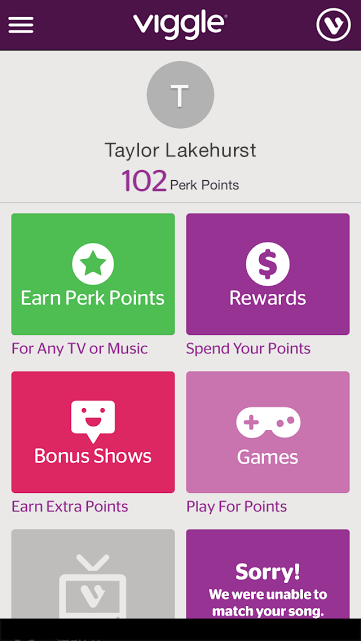
Do You Feel Lucky? How Apps Can Use Gamification to Foster Mobile Engagement
How Mobile Apps Use Fundamentals of Gamification to Engage Mobile App Users
St. Patrick’s Day has us thinking about luck. It’s a great feeling when luck is on your side — in fact, the feeling of winning is often so good that it’s enough to make a behavior into a habit. Many of today’s leading mobile apps use this great feeling as a motivator to get users to return to their apps again and again by employing gamification. “Gamification” is the use of game mechanics and rewards in non-game applications to increase engagement and loyalty.
Incorporating elements such as luck or chance, leaderboards, badging, unlocking, rewarding, leveling up, as well as surprise and delight in your app are all examples of gamifying.
Why Use Gamification?
Gamification makes tasks (such as app onboarding) feel like games and helps users understand their progress in your app. It also supports user re-engagement and increases user contributions, time-in-app, engagement and loyalty.
User actions completed through gamification can lead to better personalization, and can create competition achievement and status — which can encourage social sharing/status, thereby authenticating your users on another channel. Authenticated users are more valuable as they are better known, more easily messaged and often more engaged users. Authentication is also key to achieving an omni-channel presence for users, as a brand needs to know users on each channel to create a seamless experience.
Gamification Simplifies Mobile Engagement
By way of examples, here are two apps that have successfully used gamification to make their app experience more engaging:
ChoreMonster
The ChoreMonster app aims to make chores fun for kids, and make supervising these chores easy for parents. They do this by gamifying the experience for both parties.
For example, when a child wants to select a chore to do, they would see this screen:
After completing a chore, the child is rewarded with a fun and friendly screen that lets them know they earned points that can be redeemed for parent-selected rewards such as gift cards or an ice cream outing.
Kids can also play games of chance, such as Spin the Wheel, to earn fun rewards like playing a short animated video.
Just like in life, there isn’t always a reward. But it’s the chance that makes playing interesting. And parents get to have fun too!
As parents approve chores they are “leveled up” and sent motivational messages that encourage them to keep assigning and approving their kids’ chores.
Viggle
Viggle gamifies the experience of watching TV and listening to music by rewarding users with Perk Points that can be redeemed for prizes and real-life experiences.
As users watch TV, they get points for watching different shows. Points are also rewarded when a user plays a song. These points can be redeemed for prizes and real world experiences. Viggle reinforces behaviors that are already pleasurable (like watching television and listening to music) by letting users earn Perk Points that can be exchanged for prizes and benefits. Users can also play along with real time trivia or challenge themselves to quests. Viggle also uses push notifications to let users know when their Perk Points are ready to be claimed.

Considerations When Using Gamification as a Strategy
Gamification can be a successful strategy for businesses in any number of verticals, but there are a few considerations to keep in mind first:
What is the business goal of your app? What does success look like?
- Are game elements going to generate desired business actions?
- How will you know?
Who is your audience? Is a game or game elements right for them?
-
Be true to the core purpose of your app.
-
If you turn to a game to make your application sticky, the app itself might not be.
-
Keep it simple: unless your game is the core function, use game elements to supplement the value your app already has.
-
Don’t be needy: balance game play with the larger interests of the user and your business.
Gamification won’t work on disengaged users.
-
They won’t come back to your app if they’re not using it already — but encouraging social sharing can help with new user acquisition.
-
Use interactive notifications to encourage sharing.
To learn more about gamification, check out our white paper on how dating apps make their apps a habit for users.
Subscribe for updates
If the form doesn't render correctly, kindly disable the ad blocker on your browser and refresh the page.
Related Posts
